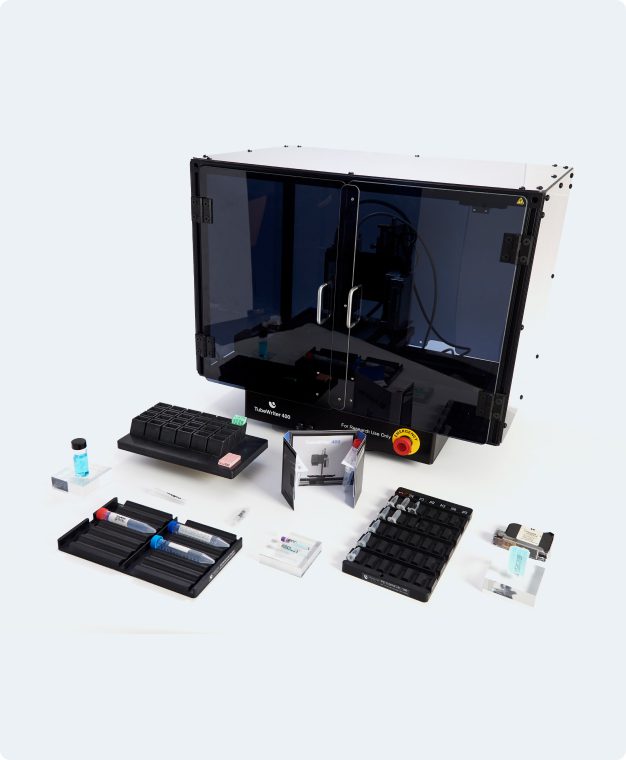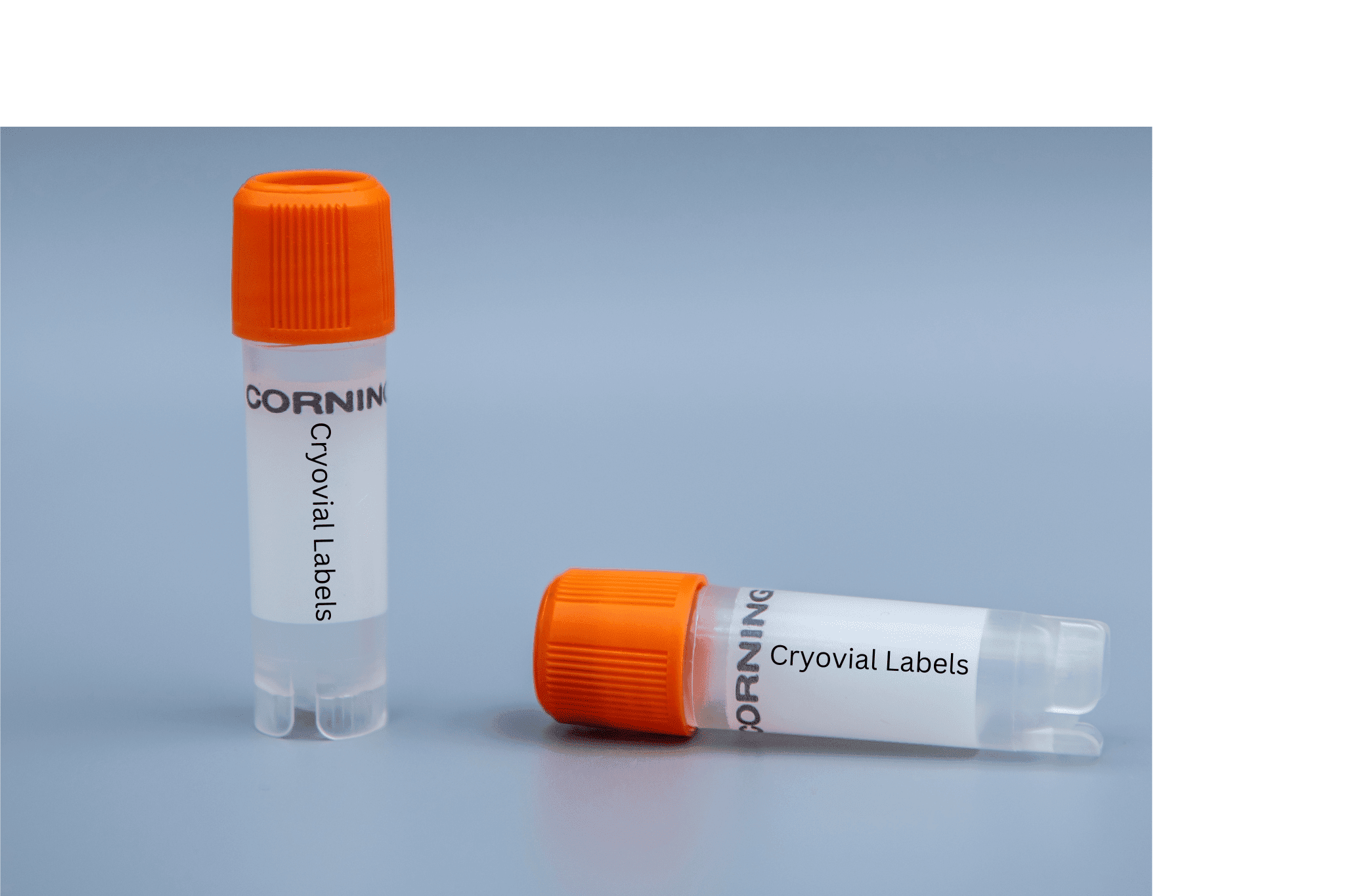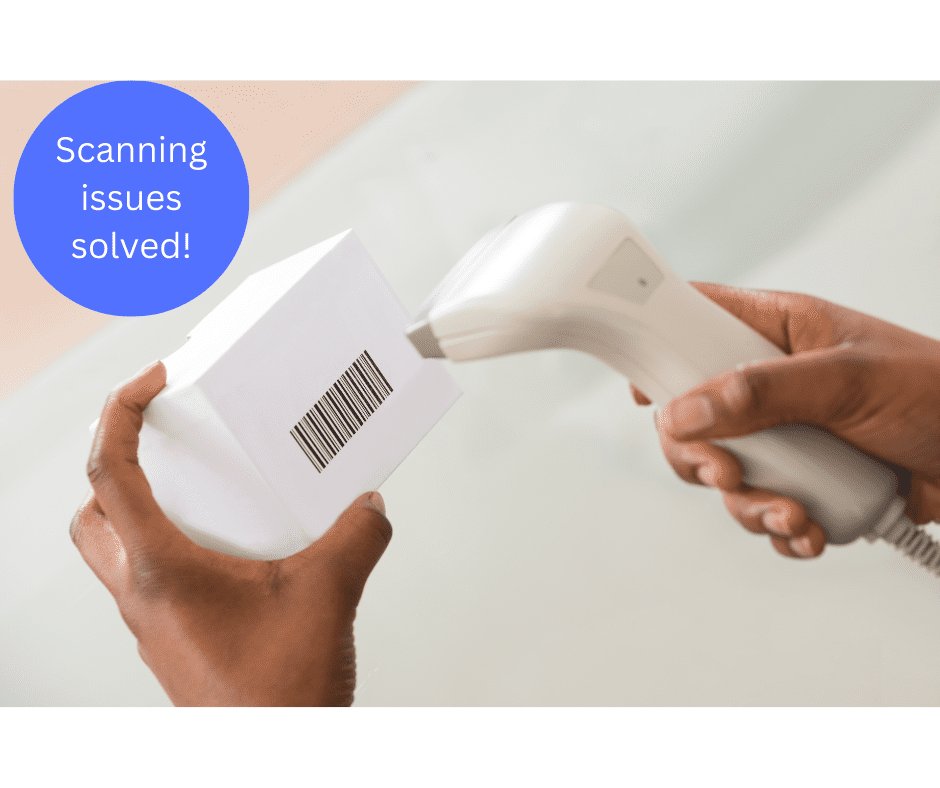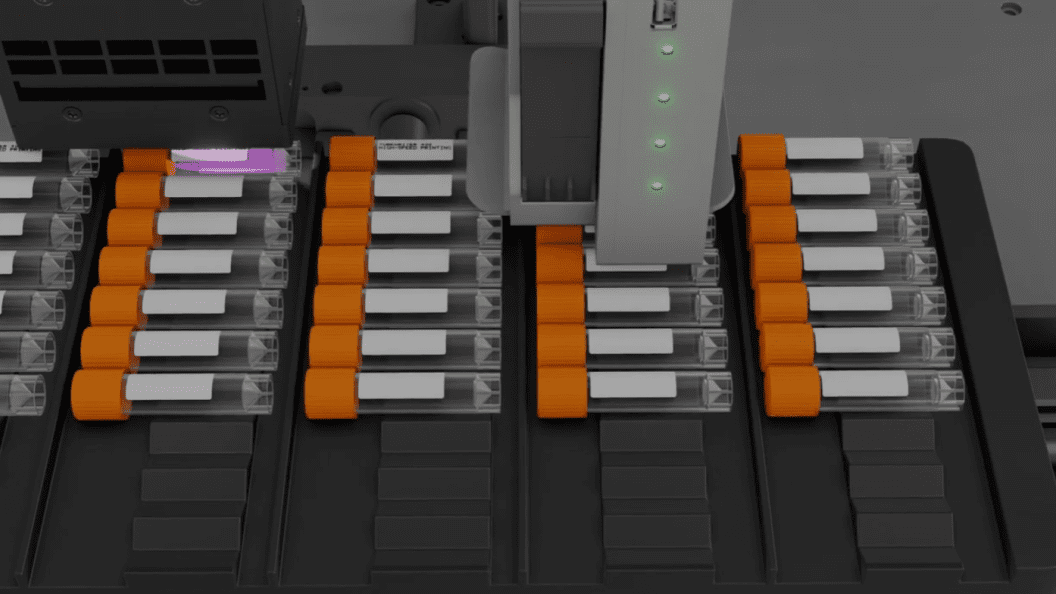Laboratory downtime is a period of planned or unplanned stoppage of normal operations. Planned downtime may be scheduled for necessary maintenance tasks, or for system or software upgrades to be implemented. Unplanned laboratory downtime, however, is usually due to some sort of system shutdown or equipment malfunction. The result can therefore be costly, disrupting experiments and preventing crucial tasks from being carried out.
Frost and Sullivan market research found that 73% of lab workers identified unplanned laboratory downtime as a top factor that limits organizational productivity, and 67% deemed instrument maintenance and downtime one of their top five operational challenges. While scheduled maintenance and system upgrades are important preventative measures that help to maintain the smooth running of your lab, unexpected outages can compromise your analytical efforts and turnaround times, present significant remediation costs, and damage your lab’s reputation. In this article, we discuss some of the major causes and costs of unplanned downtime, and preventative steps you can take to minimize the impact of outages.
The Costs and Risks of Unplanned Laboratory Downtime
Emerging from a highly pressurized laboratory landscape of staffing shortages, social distancing regulations, and stringent cleaning protocols, lab managers will be cognizant of the costs of staff absence and extended periods of downtime. A 2016 study from the Ponemon Institute found the average cost to healthcare facilities per downtime incident to be $740,357. This cost equates to approximately $7,900 per minute of downtime – a significant cost to absorb for any clinical laboratory or auxiliary services provider.
Financial Costs and Experimental Compromise
As well as the considerable financial impact of periods of unplanned equipment or systems outage, many types of lab equipment, such as cold storage devices, play an essential role at nearly every stage of the drug development lifecycle. A freezer malfunction, for example, could easily compromise the integrity of samples and quickly derail an experiment – invalidating analytical results. Equipment and instrument breakdowns can negatively impact your lab’s turnaround times, meaning that important medical interventions are delayed and therapy development is slowed.
Repeated or significant unplanned downtime incidents may impact your lab’s reputation and credibility, potentially resulting in lost business. When essential equipment malfunctions, testing and analytical processes are halted, which impacts laboratory revenue and impedes progress towards the overarching business objectives of bringing new therapies to market or processing samples. In the event that samples are compromised, experiments may need to be re-run which can be costly and time-consuming – and in many instances, samples are unique and irreplaceable, making replication of the analysis problematic. Resources then need to be reallocated from scientific pursuits towards diagnosing and mitigating the cause of the downtime incident. Replacing components for broken down machinery can be expensive, and downtime may be extended while waiting for a technician to service the instrument. If the downtime incident is substantial, it may necessitate an audit into the causes and the failure of incident management protocols.
Data Loss Risk
Another potential threat to the smooth running of your laboratory is cyber crime. In 2021, small to medium-sized businesses saw a 424% increase in the incidence of cyberattacks. In a similar vein, cyber crime rose from being the cause of system outages in 2% of incidents in 2010, to 22% in 2016. Unplanned system shutdowns can cause the loss of important and sensitive data, which may be irretrievable. The handling of sensitive data in healthcare facilities is strictly regulated, and a data breach or outage leading to data loss that breaches HIPAA regulations may incur a financial penalty. Furthermore, severe system outages may have the more immediate impact of rendering important analytical equipment unusable, thereby increasing waiting times for patients and doctors for important test results. Poor network connectivity or an inadequately secured network infrastructure can lead to a system failure, preventing access to the cloud for data storage and inhibiting use of connected instruments.
Staff Churn
Equipment breakdown and system outages will also negatively impact staff. Extended periods of downtime are likely to exacerbate staffing challenges, requiring researchers to redirect their efforts towards mitigating the effects of the downtime incident, thereby increasing personnel churn and hampering productivity. It is important to also account for the impact of incidents on staff, as 80% of lab managers report that staff burnout is high, with morale deteriorating.
Preventing Unplanned Downtime in Your Lab
Unplanned laboratory downtime can be costly, derail experiments, and put your lab at risk of liability. Taking a proactive and preventative mindset can help to avoid outage incidents and improve your lab’s recovery time in the event that something does go wrong.
Preventative Maintenance and Staff Training
An important first step is scheduling routine maintenance on crucial equipment and instruments. By planning for short periods of scheduled downtime, your lab can ensure the proper functioning of integral machinery and systems and get ahead of potential incidents before they occur.
Prioritizing prevention rather than reaction helps to reduce the frequency of outage incidents, and keeping equipment calibrated and well-maintained will extend instrument life expectancy and ensure the accuracy of analyses. An important part of this process is using third party service or having in-house trained employees to operate and maintain instruments – this helps to maximize effective use of equipment and prevents misuse that might otherwise result in damage. Researchers will gain important knowledge that can be used to identify operational issues and anticipate the potential causes of breakdowns. Fielding input from employees is important in designing mitigation and prevention protocols, as in-lab staff will have the most hands-on experience in using instruments and are best-placed to identify bottlenecks and hazards.
Preventing Downtime with Automation
Automating certain experimental processes can help to minimize the risk of unplanned downtime in the case of staff absence. Removing the need for manual human input from a task means that operations can continue even if laboratory personnel are unable to attend the lab. The TubeWriter 360, for example, automates the otherwise tedious and time-consuming task of labeling test tubes and labware. This process has a low output value and consumes important researcher time and effort and represents a potential bottleneck in the event that staff are unavailable. By automating this process, a large volume of labware can be labeled in a fraction of the time that it would take a human, and experiments will not be disrupted by staff absence. Read more on the growing importance of lab automation here.
Plan for the Worst: Mitigation and Prevention Protocols
Unplanned downtime incidents are sometimes unavoidable, and so having effective mitigation and prevention protocols in place is the best way to minimize disruption. Firstly, having a back-up generator linked to your equipment or network infrastructure ensures that, in the case of an outage or cyber attack, data loss is prevented and damage to digital systems is avoided. Furthermore, implementing strict IT policies and training employees on information security is crucial to reduce the risk of human errors that can lead to costly and damaging data breaches. Finally, conducting a risk audit for your lab’s equipment and assets is crucial to forming effective incident management protocols. This process is helpful in determining the value of various operational processes, and thus the cost of potential downtime incidents. From this, you will be able to determine bottlenecks and risk areas in your processes – which can then be mitigated appropriately, e.g., by stocking replacement components for specific instruments.
Avoiding Unplanned Downtime and Maximizing Lab Output
Unplanned laboratory downtime incidents can result from a number of causes – such as inadequate IT security leading to a data breach, or equipment breakdowns. Planning for these events through scheduled equipment maintenance and system upgrades reduces the likelihood of an outage, while implementing thorough mitigation protocols help to increase your lab’s resilience. Taking a preventative approach can help avoid costly remediation and ensure the continued smooth running of your experiments. Automating time-consuming and manual processes is an effective way to increase your organization’s resilience to unplanned downtime incidents. Contact us today to find out how TubeWriter can help you get the most of your lab.





